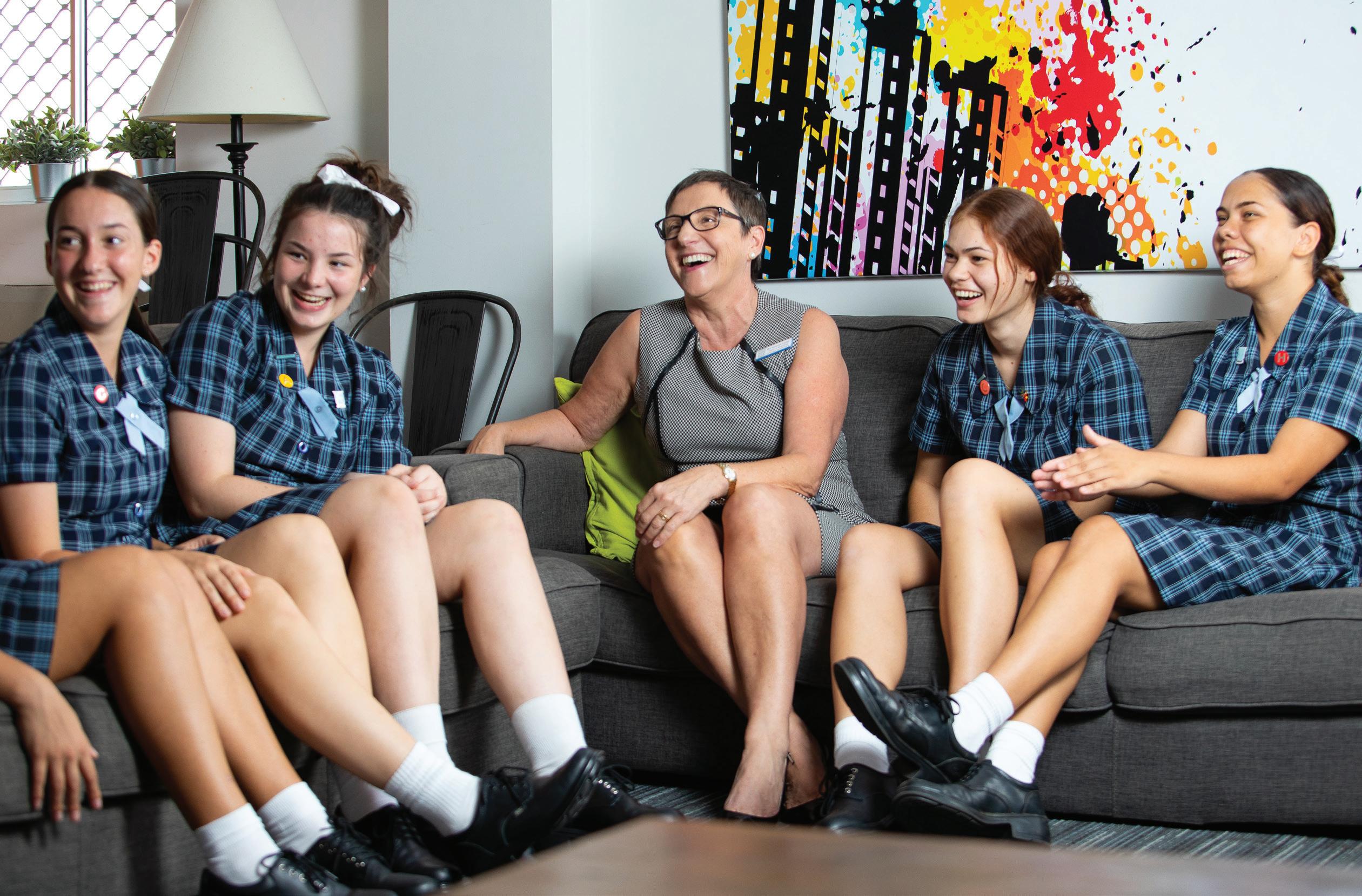EEC
An Inquiry-Based Learning Process One of our early childhood teachers, Mrs Jessica Houwen, discusses how inquiry-based learning is incorporated into life at our Early Education Centre. An overview of inquiry-based learning
Inquiry-based learning refers to a process in which children’s ideas spark curiosity and the desire to engage in deep learning. Inquiry based learning first and foremost is about collaborative, co-constructed learning in which teachers and children alike are learning together. This learning can be about a topic or theme that extends for a long period of time, a day project, or a spontaneous conversation during a group time. Inquiry-based, quite simply, is learning that involves an authentic discovery process, one filled with questioning, exploration, experimentation, and communication regardless of the subject.
Community of learners
In my classroom we are a community of learners. I feel it is important to establish this when introducing inquiry-based learning into the classroom. Every person who enters our classroom is a part of our community of learners and there is an embedded expectation that we will all respect one another as learners. 12 | @GRAMMAR | ISSUE 17 | 2020
Observation
By observing children throughout the day, without interfering in play or interrupting flow, you will notice patterns happening in play, conversations, and behaviours. Observing these things will tell you everything you need to know about where the children’s interests lie and the ways in which they learn best. I like to document conversations, play patterns and anything else I notice throughout the day as jottings in my planning book.
Identifying a potential interest
I often begin a project with a story sack or a nook provocation which is usually set up on a small table tucked away against a shelf or corner of the room. I try to put an information book to accompany the resources. Observe the children engaging with the experience. Are they engaging in conversation with their peers? Do they want to talk to you about the experience you have provided? Are they accessing the text provided? Are they engaging in play with the resources? I like to add something new to the provocation every couple of days
to pique the interest and further ignite the children’s curiosity.
Ask questions to challenge the children’s thinking
When we as teachers and adults include ourselves in the learning journey as learners, the learning process becomes much more about the co-construction of learning. In inquiry-based learning if a child asks me a question about something that I am not familiar with, rather than delaying answering that child in order to find the answer first, I might simply say, “Hmm, that’s a really good question. I don’t know the answer to that... but I would love to find out. Where do you think we could look to find out that information?” This year my class has responded very well to my use of “seed” thoughts. It’s not a question, it’s not a statement – it’s a pondering; a “seed” to encourage the children’s thoughts to grow and expand from the ordinary responses and thought patterns. Seed thoughts are great for encouraging children to think more deeply about topics and help them begin to form their own, more abstract, or less












